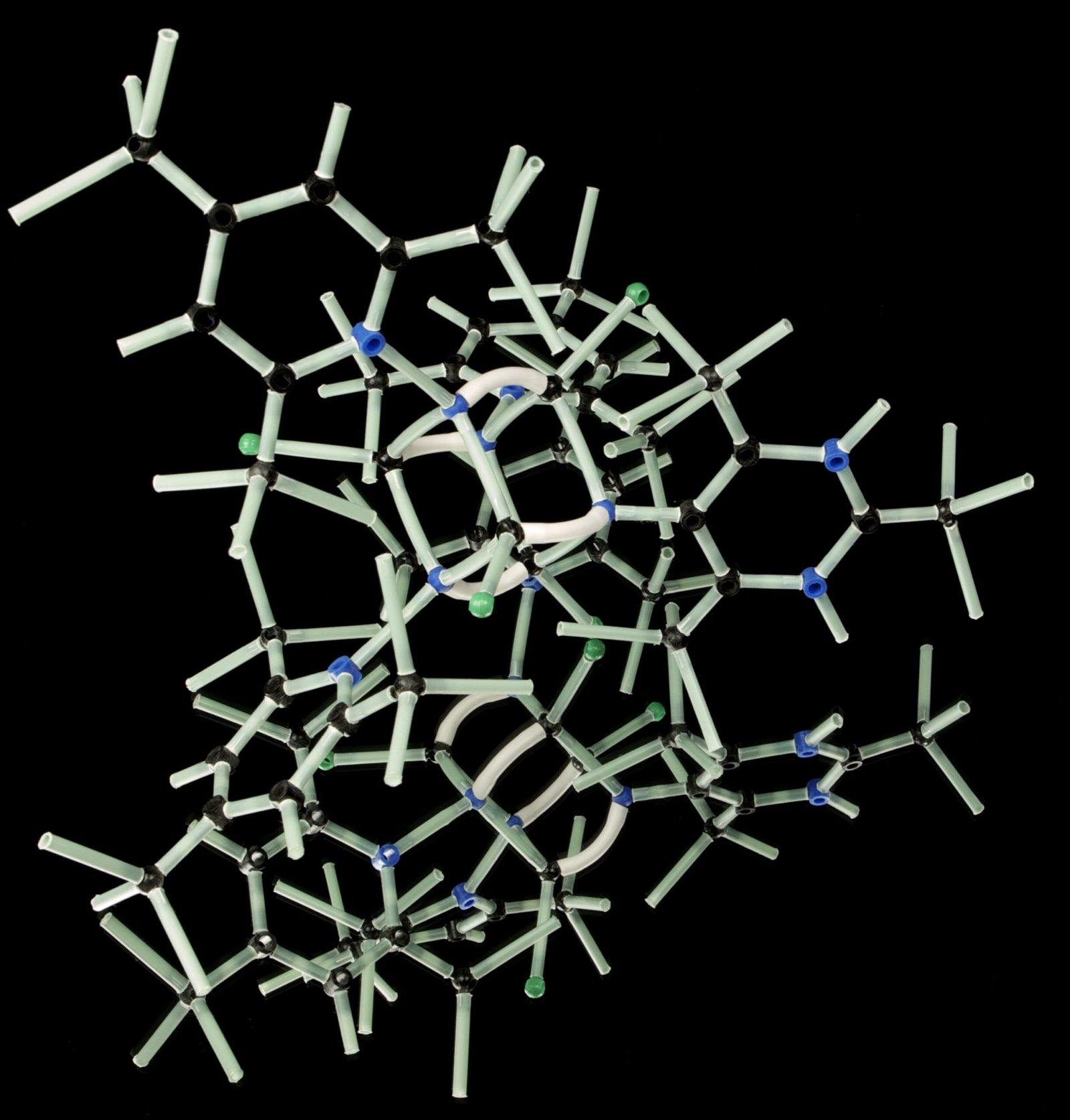When it comes to understanding the properties and behavior of chemical compounds, determining their molecular structure is of utmost importance. The molecular structure of a compound provides valuable insights into its physical and chemical properties, reactivity, and even its potential applications. In this article, we will explore various methods and techniques used to determine the molecular structure of a compound.
X-ray Crystallography
X-ray crystallography is one of the most widely used methods for determining the molecular structure of a compound. This technique involves the analysis of the diffraction patterns produced when a crystal of the compound is bombarded with X-rays. By measuring the angles and intensities of the diffracted X-rays, scientists can determine the arrangement of atoms within the crystal and thus deduce the compound’s molecular structure.
Although X-ray crystallography is a powerful tool, it requires the compound to form well-ordered crystals, which is not always possible. Additionally, this method is time-consuming and requires specialized equipment and expertise.
Nuclear Magnetic Resonance (NMR) Spectroscopy
Nuclear Magnetic Resonance (NMR) spectroscopy is another commonly used technique for determining the molecular structure of a compound. NMR spectroscopy exploits the magnetic properties of certain atomic nuclei, such as hydrogen (^1H) or carbon-13 (^13C), to provide valuable information about the compound’s structure.
By subjecting the compound to a strong magnetic field and then applying radiofrequency pulses, NMR spectroscopy can measure the energy absorbed and released by the atomic nuclei. This information is then used to determine the connectivity of atoms in the compound, as well as their chemical environment.
NMR spectroscopy is particularly useful for organic compounds, as it can provide detailed information about the arrangement of atoms in the molecule, the presence of functional groups, and even the stereochemistry of the compound.
Infrared (IR) Spectroscopy
Infrared (IR) spectroscopy is a technique that analyzes the interaction between molecules and infrared radiation. This method provides information about the functional groups present in a compound, which can be used to determine its molecular structure.
When a compound is exposed to infrared radiation, certain bonds within the molecule will absorb specific frequencies of infrared light, resulting in characteristic absorption bands. By analyzing these absorption bands, scientists can identify the types of bonds present in the compound and infer its molecular structure.
IR spectroscopy is widely used in both organic and inorganic chemistry and is particularly useful for identifying functional groups such as carbonyl groups, hydroxyl groups, and amino groups.
Mass Spectrometry
Mass spectrometry is a powerful analytical technique that can provide information about the molecular weight and composition of a compound. This technique involves ionizing the compound, fragmenting it into smaller ions, and then analyzing the mass-to-charge ratio of these ions.
By comparing the mass spectrum of a compound to a database of known compounds, scientists can determine the molecular formula and even the possible structural isomers of the compound. Mass spectrometry is often combined with other techniques, such as NMR spectroscopy or X-ray crystallography, to obtain a more comprehensive understanding of the compound’s structure.
Other Techniques
In addition to the aforementioned techniques, there are several other methods used to determine the molecular structure of a compound. These include electron microscopy, electron paramagnetic resonance (EPR) spectroscopy, and various computational methods such as molecular modeling and quantum mechanics calculations.
Each of these techniques has its own advantages and limitations, and the choice of method depends on the nature of the compound and the information required. In many cases, a combination of different techniques is necessary to obtain a complete picture of the compound’s molecular structure.
In conclusion, determining the molecular structure of a compound is essential for understanding its properties and behavior. X-ray crystallography, NMR spectroscopy, IR spectroscopy, and mass spectrometry are some of the key techniques used in this field. By employing these methods, scientists can unlock the secrets of chemical compounds and pave the way for new discoveries and applications in various fields of science and technology.







